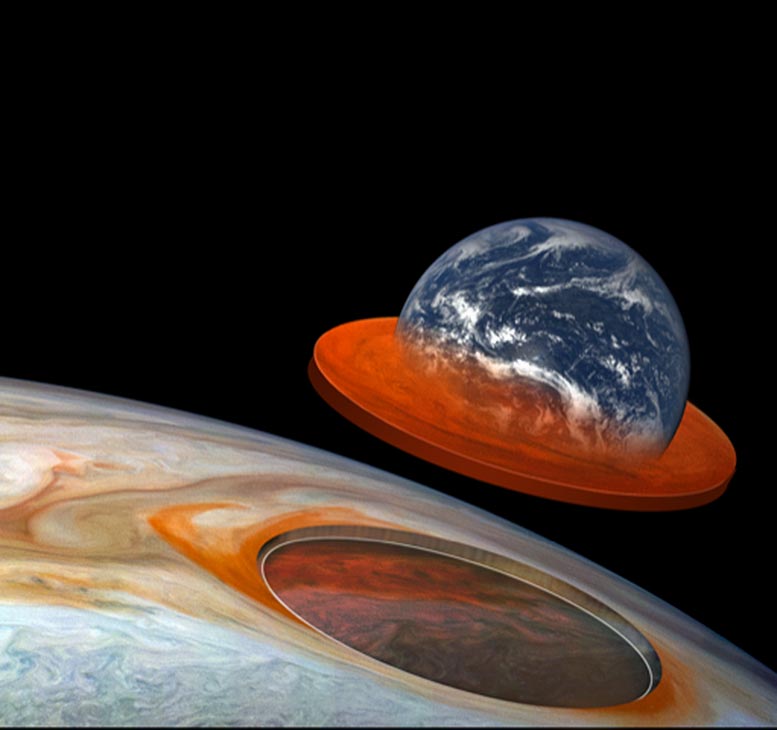
This illustration combines an image of Jupiter from the JunoCam instrument aboard NASA’s Juno spacecraft with a composite image of Earth to depict the size and depth of Jupiter’s Great Red Spot. Credit: JunoCam Image data: NASA/JPL-Caltech/SwRI/MSSS; JunoCam Image processing by Kevin M. Gill (CC BY); Earth Image: NASA
Jupiter’s iconic Great Red Spot (GRS) – a 16,000-kilometer-wide tempest that has been churning in the planet’s atmosphere for several centuries – extends deeper into the gas giant than previously expected, researchers report in a pair of studies that present new data from the Juno spacecraft.
The findings reveal new insights into Jovian meteorology and its links to the planet’s deeper interior. Large storms and bands of rotating winds abound in Jupiter’s atmosphere, including the exemplary GRS – a storm so massive it could swallow Earth whole. However, it’s unclear whether these storms are confined to the uppermost parts of the planet’s atmosphere or extend deeper into the planet.
In a pair of studies, Scott Bolton and colleagues and Marzia Parisi and colleagues use microwave and gravity measurements, respectively, from the Juno spacecraft to characterize Jupiter’s atmospheric vortices, including the GRS. Bolton et al. used Juno’s Microwave Radiometer (MWR) instrument to investigate the vertical structure of the GRS as well as two other storms and find that they extend below the altitude at which water and ammonia are expected to condense – or the planet’s cloud level. This is particularly true for the GRS. According to the authors, this suggests the presence of small-scale dynamic processes, such as precipitation and downdrafts, at much deeper levels than previously expected, which may indicate a connection between Jupiter’s interior and deep atmosphere.
Parisi et al. examined the gravity signature of the GRS and further constrained its depth. Within the gravity measurements taken as Juno flew above the GRS, Parisi et al. detected fluctuations in the planet’s gravitational field caused by the storm. They found that, although the GRS is deeply rooted within the atmosphere, it’s far shallower than the surrounding zonal jets that power the GRS, which extend much deeper.
According to the findings, the depth of the GRS is no more than 500 (kilometers) km deep while the surrounding jets extend to depths approaching 3,000 km.
For more on this and related research, see NASA’s Juno Probe Offers First 3D View of Jupiter’s Atmosphere, Inner Workings of Great Red Spot.
References:
“The depth of Jupiter’s Great Red Spot constrained by Juno gravity overflights” by Marzia Parisi, Yohai Kaspi, Eli Galanti, Daniele Durante, Scott J. Bolton, Steven M. Levin, Dustin R. Buccino, Leigh N. Fletcher, William M. Folkner, Tristan Guillot, Ravit Helled, Luciano Iess, Cheng Li, Kamal Oudrhiri and Michael H. Wong, 28 October 2021, Science.
DOI: 10.1126/science.abf1396
“Microwave observations reveal the deep extent and structure of Jupiter’s atmospheric vortices” by S. J. Bolton, S. Levin, T. Guillot, C. Li, Y. Kaspi, G. Orton, M. H. Wong, F. Oyafuso, M. Allison, J. Arballo, S. Atreya, H. N. Becker, J. Bloxham, S. Brown, L. N. Fletcher, E. Galanti, S. Gulkis, M. Janssen, A. Ingersoll, J. L. Lunine, S. Misra, P. Steffes, D. Stevenson, J. H. Waite, R. K. Yadav and Z. Zhang, 28 October 2021, Science.
DOI: 10.1126/science.abf1015

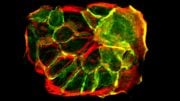
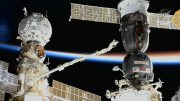
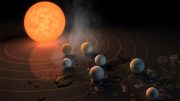

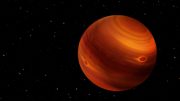

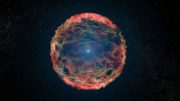

Be the first to comment on "Juno Spacecraft Reveals Jupiter’s Great Red Spot Extends Deeper Than Expected Into Giant Planet"